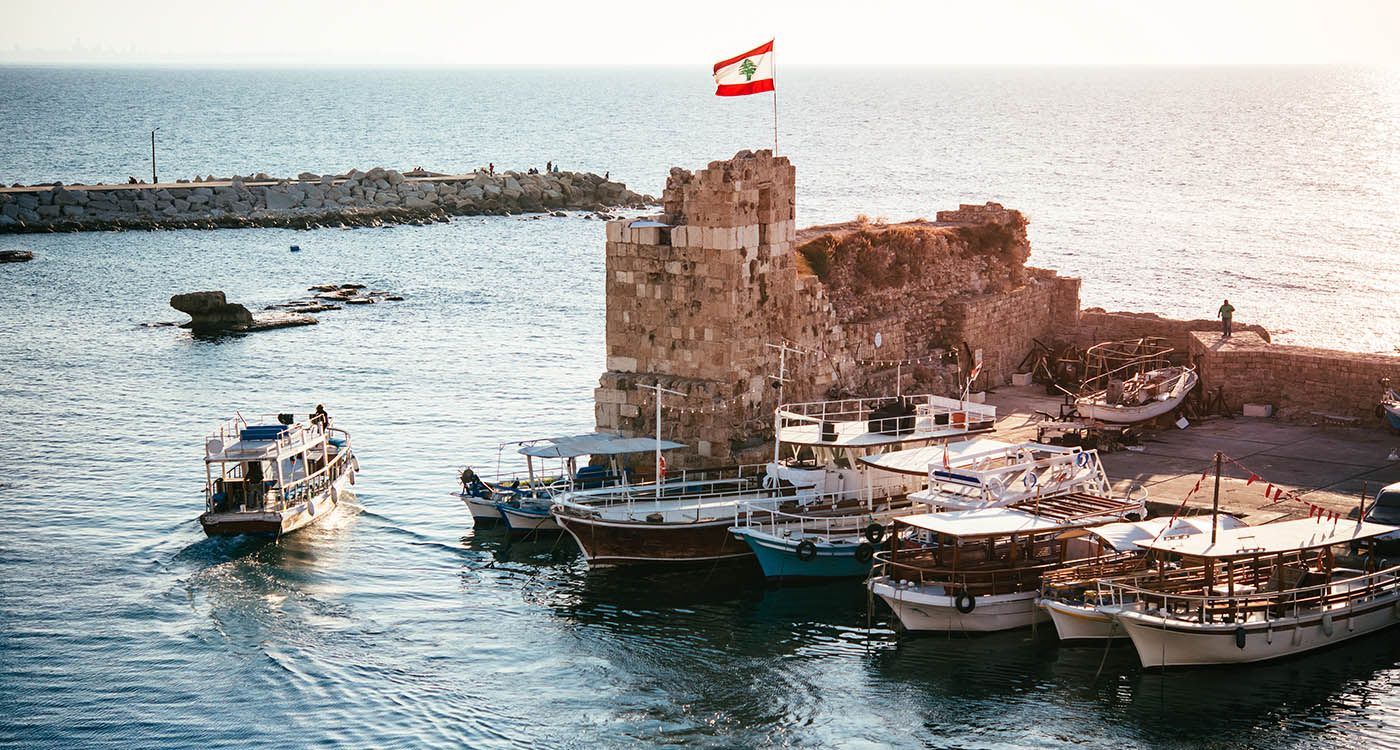- Home
- Highlights
- Exploring and Excavating Underwater Heritage

©FornStudio / Shutterstock.com
Before any underwater excavation begins, one fundamental question must be answered: Should the findings be brought to the surface?
“In some cases – particularly when dealing with a submerged city – preserving the site’s integrity means leaving everything untouched,” explains marine biology expert Marcos Hado. “But when valuable artifacts like statues are discovered, they’re carefully recovered and transferred to museums, where they can be protected and shared with the public.”
As for large architectural elements, such as columns and massive blocks, the standard approach is to leave them in place. Unless they bear inscriptions or unique markings, extraction is rarely justified.
Once the decision to recover an object is made, every detail is meticulously assessed: size, weight and state of preservation. Specialized underwater archaeologists are then brought in by the government to oversee the operation and ensure that all procedures follow strict professional standards.
In the Mediterranean, cooperation with local fishermen and divers is both routine and invaluable. Earning their trust often leads to critical information, especially about wrecks hidden from plain sight.
Technology plays a vital supporting role. Magnetometers detect magnetic anomalies beneath the seabed, pointing at buried structures. Sophisticated tools used by fishermen to locate fish shoals can also guide archaeologists to potential sites.
But locating a wreck is just the beginning. A well-preserved site can offer a rare glimpse into the ancient world: merchant inscriptions, organic containers, delicate objects. Handling such fragile material requires deep expertise. “Underwater archaeology is a demanding discipline,” emphasizes Hado.
While basic tools like dredges and sediment vacuums are still used to clear debris, the gold standard today is 3D photogrammetry. By capturing hundreds of images from multiple angles, researchers build detailed digital models of shipwrecks and submerged structures, virtually preserving the site.
It is a costly endeavor: deep-sea missions can run between $80,000 and $100,000 per day. In that sense, underwater archaeology is more than science, it is a high-stakes pursuit of the past, bordering on a scientific luxury.
From Survey to Excavation: A Methodical and Regulated Process
Underwater archaeology begins with a systematic approach, explains Ibrahim Noureddine, Assistant Research Professor at Carleton University and a maritime archaeologist. Vessels equipped with sonar technology scan the seabed for anomalies. When a suspicious signal is detected, divers are dispatched to investigate further.
The historical context then guides the course of action. “A Roman-era shipwreck, while fascinating, is relatively common in the Mediterranean,” notes Noureddine. “However, discovering a Bronze Age vessel dating back to around 1200–1400 BCE in the eastern Mediterranean would be a historic breakthrough. Only one such example is known today, found off the coast of Turkey. A find like this would justify full mobilization of resources.”
Target areas are selected based on historical records, with particular attention to coastal cities with deep archaeological layers: Saida, Tyre, Batroun and Beirut.
“Between Jbeil (Byblos) and Beirut, many small ancient communities, likely interconnected, deserve thorough investigation,” he adds. “All research is carried out in close coordination with the Lebanese government.”
For Lebanese authorities, “rescue” missions take precedence: emergency interventions are launched when a site is threatened by looting or natural erosion. In such cases, rapid-response teams are deployed to salvage what can still be saved.
A Rigorous Operation Under Strict Official Oversight
No private initiative can proceed without prior declaration to the relevant authorities. The Ministry of Culture and the Directorate General of Antiquities (DGA) supervise every stage of the operation. Each year, teams submit detailed applications to obtain the necessary permits, ensuring transparency and legal compliance. Additionally, all findings are subsequently published in the Ministry’s journal, BAAL (Bulletin of Lebanese Archaeology and Architecture), notes Noureddine.
The regulations are stringent: conducting excavations or removing artifacts without a permit is strictly prohibited. “Even sonar surveys require prior authorization. Once the site is selected and permits granted, careful planning follows. We assess weather, wind conditions and geological factors before launching the mission,” he explains.
“Diving teams are carefully assembled and assigned specific roles. The operation begins with precise site localization,” he adds. “We use a GPS-linked anchored grid system for accurate mapping and documentation.”
Preserving for the Future: The Care and Custody of Artifacts
Extracting artifacts from underwater sites is a delicate and complex operation. Variations in pressure and oxygen exposure can quickly damage organic and fragile materials.
“Materials such as gold, iron and copper – which deteriorate, crack or corrode when exposed to air – demand the utmost care,” explains Hado. “To prevent oxidation, these objects are immediately transferred into saltwater tanks aboard specifically equipped vessels,” he adds.
Following recovery, “complex electrolytic cleaning systems are used before artifacts are thoroughly rinsed with fresh water,” he continues. Each piece is then placed in a sealed chamber illuminated by calibrated light until fully dried. This painstaking process is essential to ensure long-term preservation and safe display. Yet, it comes at a considerable cost. Only discoveries of exceptional historical or scientific value warrant such an intensive level of conservation.
The removal process from the water is slow, and artifacts are maintained in a humid environment until they reach the laboratory. There, they are desalinated, cleaned, dried and stabilized. Each item is meticulously cataloged and documented in detailed scientific reports for publication. This prolonged process, often spanning multiple excavation seasons, requires patience.
The ultimate fate of recovered artifacts lies in the hands of the Directorate General of Antiquities (DGA), which determines whether they will be placed in storage or selected for public exhibition. The forthcoming museum in Saida, scheduled to open in 2027, is expected to become a prestigious home for Lebanon’s underwater heritage.
This rigorous conservation process reveals how underwater archaeology serves as a vital bridge between past and present, combining adventure, science and cultural preservation. Every dive is a journey into history, and each recovered artifact is a restored fragment of memory… except in cases of looting and particularly systematic pillaging.
To be continued…

Comments